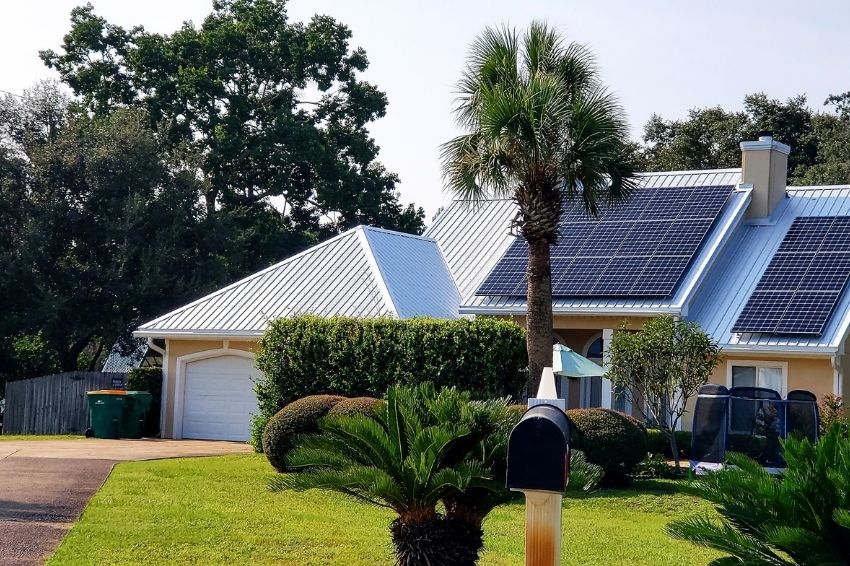With the water crisis faced by the country and the recurring readjustments in the electricity bill, the number of Brazilians who are looking to reduce their electricity expenses through solar sources grew in the first seven months of the year, according to a survey by the Solar Channel, based on data from ANEEL (National Electric Energy Agency).
Between January 1st and July 31st alone, there were 158,267 new consumer subscriptions to the modality, which represented an increase of 37.7% compared to the same period of the previous year, when 114,957 photovoltaic systems were installed in Brazil.
Customers range from residential or commercial consumers, who install panels on roofs, to cooperatives that produce energy in solar farms and negotiate the generation of credits that can be used by consumers to consume electricity.
Businessman Guilherme de Almeida, for example, is one of the Brazilians who invested in solar energy, with the aim of reducing the electricity bill for his grocery store, in São Paulo (SP). In total, around 30 photovoltaic modules were installed in June this year.
“I am always using energy at the grocery store and the cost has always been very high. My intention with the [solar] panels is, in addition to helping the environment, to reduce the amount I pay monthly on the electricity bill, which keeps growing and scaring us”, he highlighted.
For Arthur Santini, director of Ecori Energia Solar, electrical energy in the country is expensive to the point that the payback for photovoltaic systems is one of the lowest in the world. “By the end of the year, Brazil should gain positions in the ranking of countries with the most expensive electricity in the world,” he said.
The professional also highlights that the current market is not only a reflection of the current water crisis, but of the entire policy regarding the energy matrix in Brazil. “This is the fault of a mistaken policy, which keeps the energy potential close to 80% depending on the water source and fossil fuels: the first with a very high dependence on rain, and the second very expensive and terrible for the environment”, he highlighted. .
Electricity bill
With the decrease in reservoir levels and the announcement of the activation of thermoelectric plants in the midst of the biggest water crisis in the last 91 years, Brazilians' electricity bills became more expensive in 2021.
According to ANEEL, the activation of thermoelectric plants beyond schedule to guarantee energy supply this year will cost consumers around R$ 9 billion. Between January and April alone, the emergency use of these plants has already cost R$ 4.3 billion.
In July, the entity also announced an increase of more than 50% in the value of the red tariff flag 2. The price rose from R$ 6.14 to R$ 9.49 for every 100 kWh consumed, which represented an average increase of 5.45% in the final value of the electricity bill compared to June.
Last month, the Agency itself opened a public consultation to decide whether the red flag rate, at level 2, would remain at R$ 9.49 or whether it would be increased to R$ 11.50, precisely due to the water crisis. The value was maintained, but new adjustments may still occur until the end of the year.















